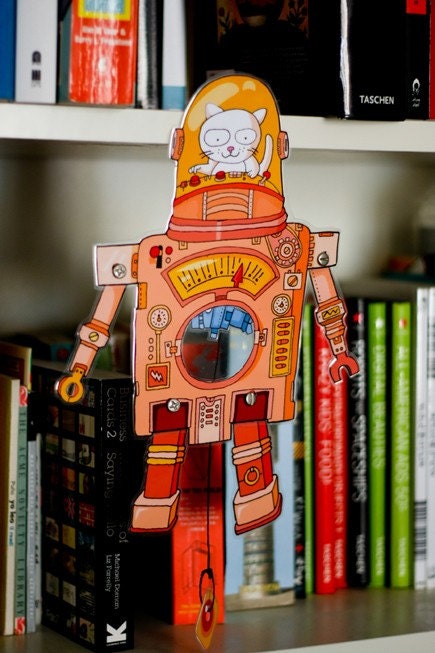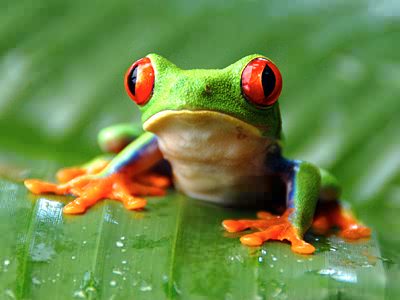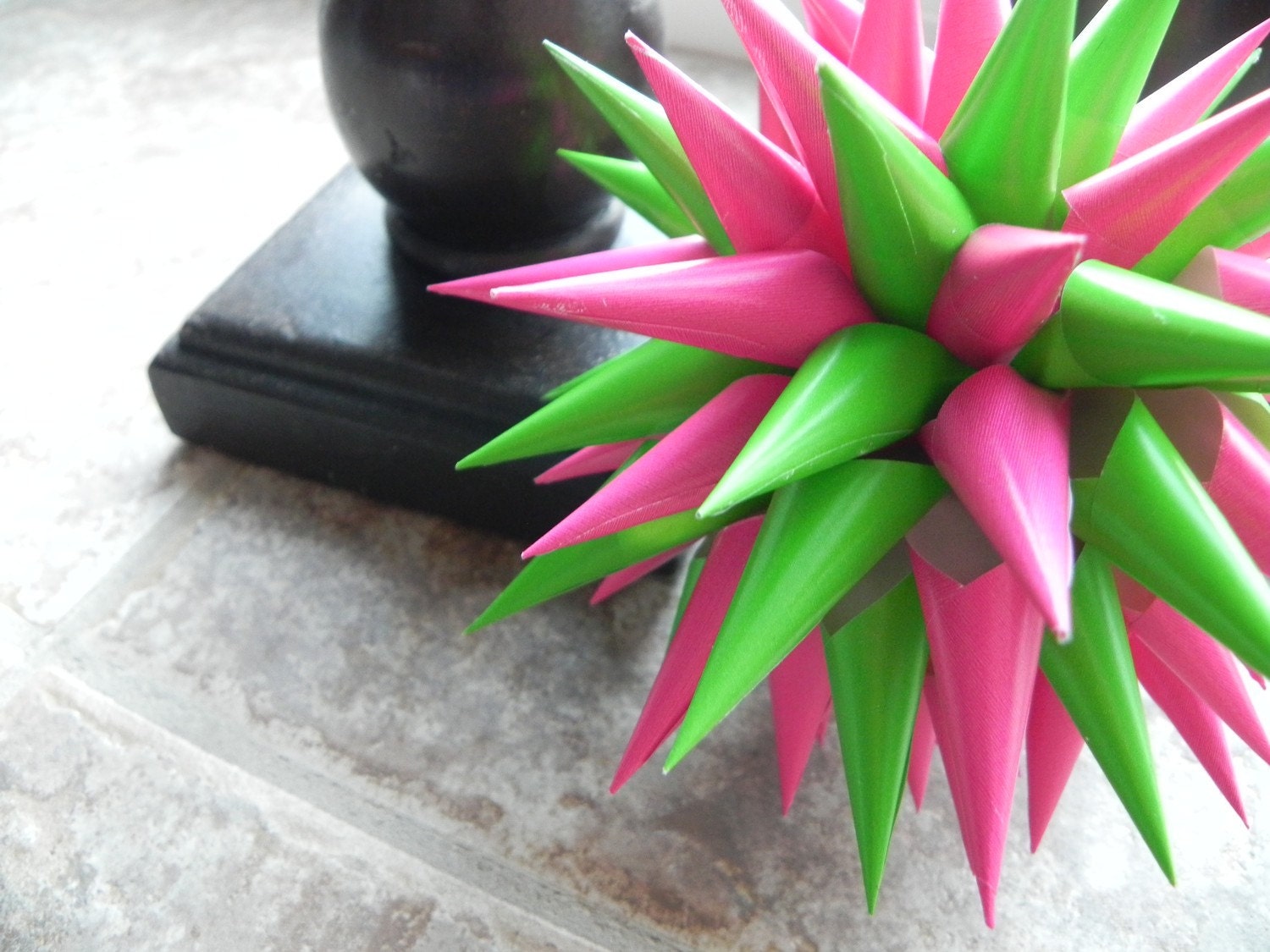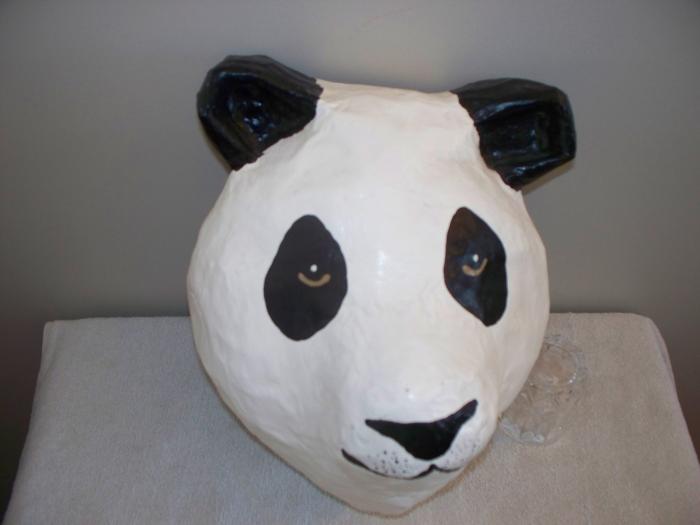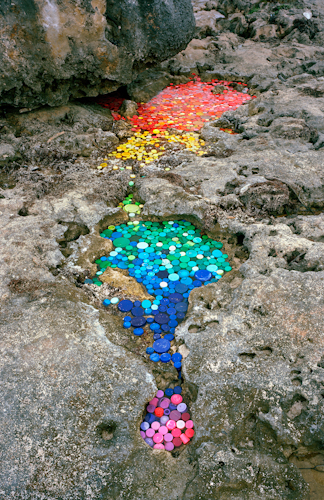
These Surrounded Islands were completed in 1983 near Miami Beach. The 11 islands were surrounded with 6.5 million square feet of floating pink woven polypropylene fabric covering the surface of the water and extending out 200 feet) from each island into the bay. The fabric was sewn into 79 patterns to follow the contours of the 11 islands.
For 2 years prior to the installation marine and land crews picked up debris from the eleven islands, putting refuse in bags and carting it away after they had removed some forty tons of varied garbage that included refrigerator doors, tires, kitchen sinks, mattresses and an abandoned boat.
On May 4, 1983, out of a total work force of 430, the unfurling crew began to blossom the pink fabric. Surrounded Islands was tended day and night by 120 monitors in inflatable boats. Surrounded Islands was a work of art underlining the various elements and ways in which the people of Miami live, between land and water.
The outer edge of the floating fabric was attached to a 12 inch diameter octagonal boom, in sections, of the same color as the fabric. The boom was connected to the radial anchor lines which extended from the anchors at the island to the 610 specially made anchors, spaced at 50 foot intervals, 250 feet beyond the perimeter of each island, driven into the limestone at the bottom of the bay. Earth anchors were driven into the land, near the foot of the trees, to secure the inland edge of the fabric, covering the surface of the beach and disappearing under the vegetation. The floating rafts of fabric and booms, varying from 12 to 22 feet in width and from 400 to 600 feet in length were towed through the bay to each island. There were eleven islands, but on two occasions, two islands were surrounded together as one configuration.
As with Christo and Jeanne-Claude's previous art projects, Surrounded Islands was entirely financed by the artists, through the sale of preparatory drawings, collages, and early works. The artists do not accept sponsorship of any kind.
For two weeks, Surrounded Islands, spreading over 7 miles (11.3 kilometers), was seen, approached and enjoyed by the public, from the causeways, the land, the water and the air. The luminous pink color of the shiny fabric was in harmony with the tropical vegetation of the uninhabited verdant islands, the light of the Miami sky and the colors of the shallow waters of Biscayne Bay.



This week several of our students will be creating art installations at Irondale. Our purpose is to draw attention to structures in the building that are not typically seen. Our vehicle will be yarn bombing.

